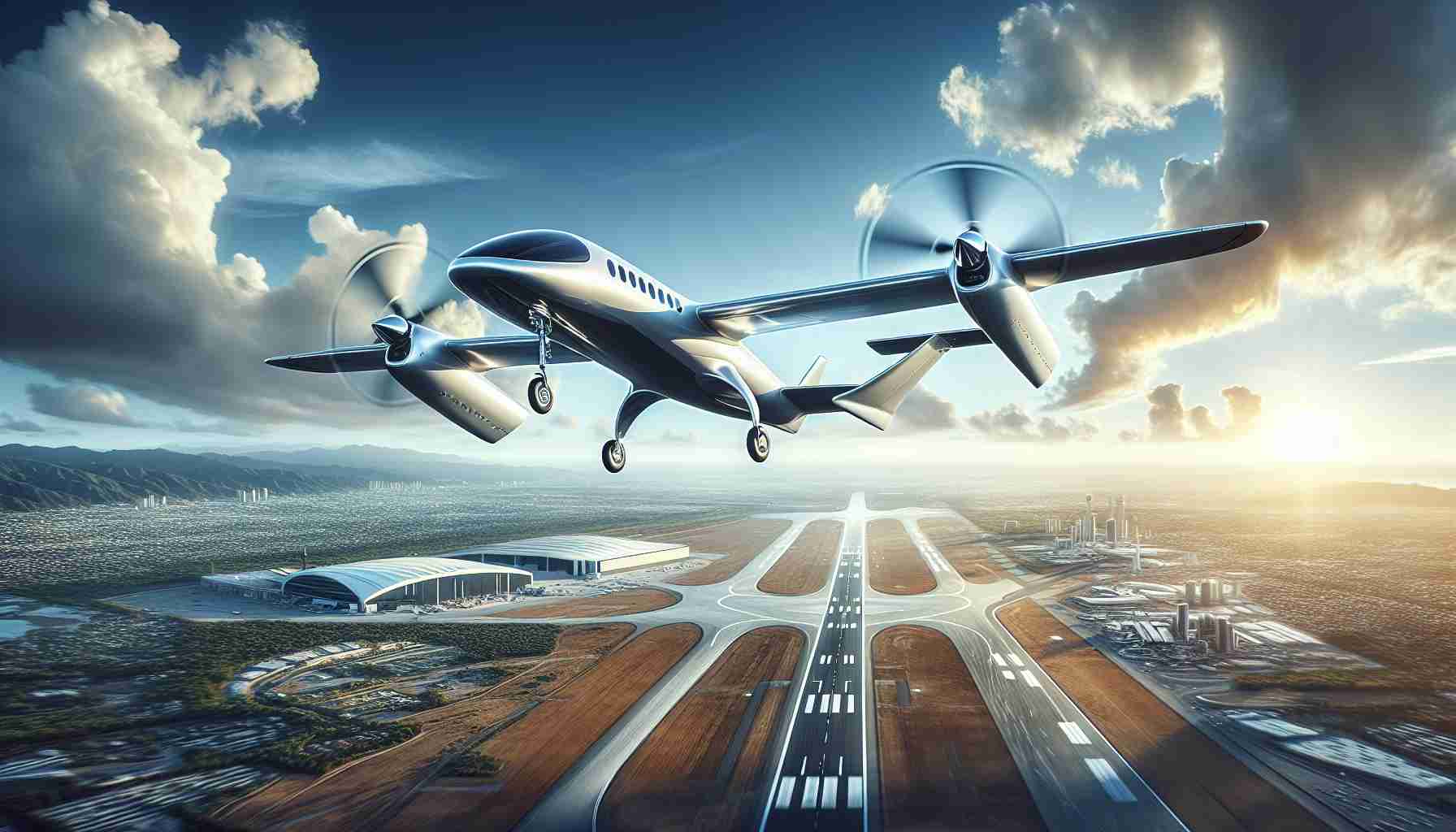A Paradigm Shift in Aviation
A groundbreaking transformation is underway in the aviation industry as electric power takes to the skies. MagniX has unveiled an innovative electric aircraft demonstrator in partnership with NASA, marking a momentous leap towards sustainable air travel.
The Transition to Electric
Gone are the days of traditional aircraft engines – the future belongs to electric propulsion. MagniX’s retrofitting of Air Tindi’s Dash 7 turboprop with electric engines signifies a monumental shift towards eco-friendly and efficient flight operations.
Pioneering Technology
The aircraft, once powered by traditional engines, is now equipped with state-of-the-art electric propulsion systems, showcasing the power and potential of clean aviation technology. MagniX’s Samson batteries stand as a testament to the advancement of electric flight.
Environmental Conservation in the Sky
With this innovative project, the aviation industry is taking a significant step towards reducing carbon emissions and mitigating environmental impact. The electric aircraft demonstrator represents a commitment to sustainability and a greener future for air travel.
Embracing the Future
MagniX’s electric aircraft marks a new era of aviation, where innovation meets sustainability. As the skies open up to electric propulsion, the possibilities for cleaner, quieter, and more efficient flight are endless, heralding a transformative chapter in air travel.
Revolutionizing Air Travel: MagniX’s Electric Aircraft Soars to New Heights
The groundbreaking collaboration between MagniX and NASA has propelled the aviation industry into a new era of electric-powered flight. While the previous article highlighted the initial success of the electric aircraft demonstrator, there are additional fascinating facts and critical questions surrounding this innovative development.
Expanding the Horizons of Electric Aviation
One key question that arises is how scalable is this technology on a broader scale? While the successful retrofitting of the Dash 7 turboprop is a promising start, the challenge lies in mass-producing electric aircraft for commercial use. MagniX’s pioneering technology opens the door to a greener future, but practical implementation on a larger scale poses a significant hurdle.
Challenges and Controversies
As with any disruptive technology, there are challenges and controversies that accompany the shift towards electric aircraft. One major concern is the limited range and endurance of current electric propulsion systems compared to traditional fuel-powered engines. Addressing these limitations is crucial for widespread adoption and acceptance in the aviation industry.
Advantages and Disadvantages
The advantages of MagniX’s electric aircraft are clear – reduced carbon emissions, quieter flights, and lower operating costs in the long run. However, there are also disadvantages to consider, such as the need for extensive infrastructure for charging stations and potential limitations in terms of payload capacity and flight range.
In conclusion, while MagniX’s electric aircraft represents a significant milestone in sustainable air travel, there are important questions surrounding its feasibility, challenges to overcome, and ongoing controversies to address. The future of electric aviation holds immense potential, but navigating through the complexities of implementation and adoption will be crucial in revolutionizing air travel for generations to come.
For more information on MagniX’s cutting-edge technology and the future of electric aviation, visit MagniX’s official website.
